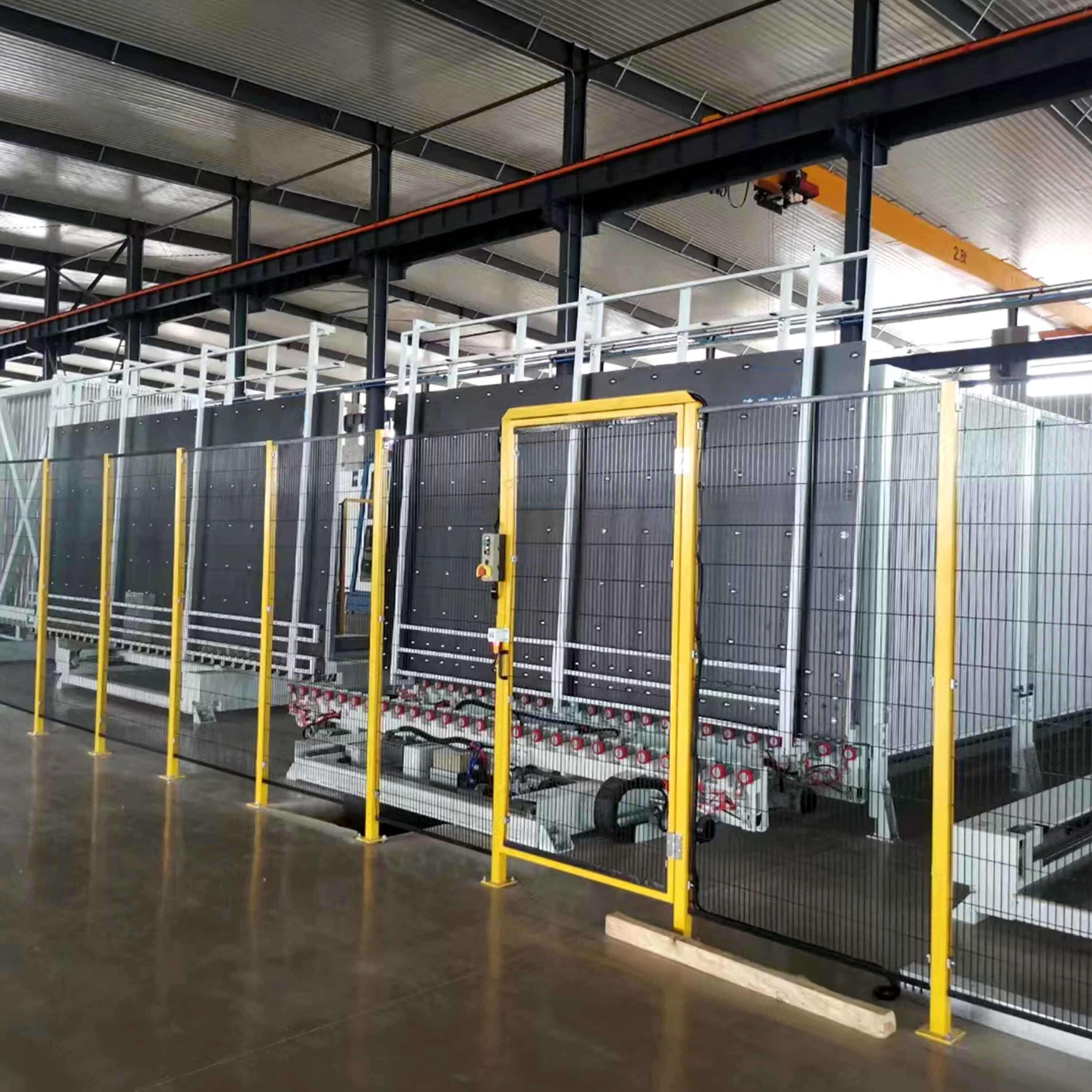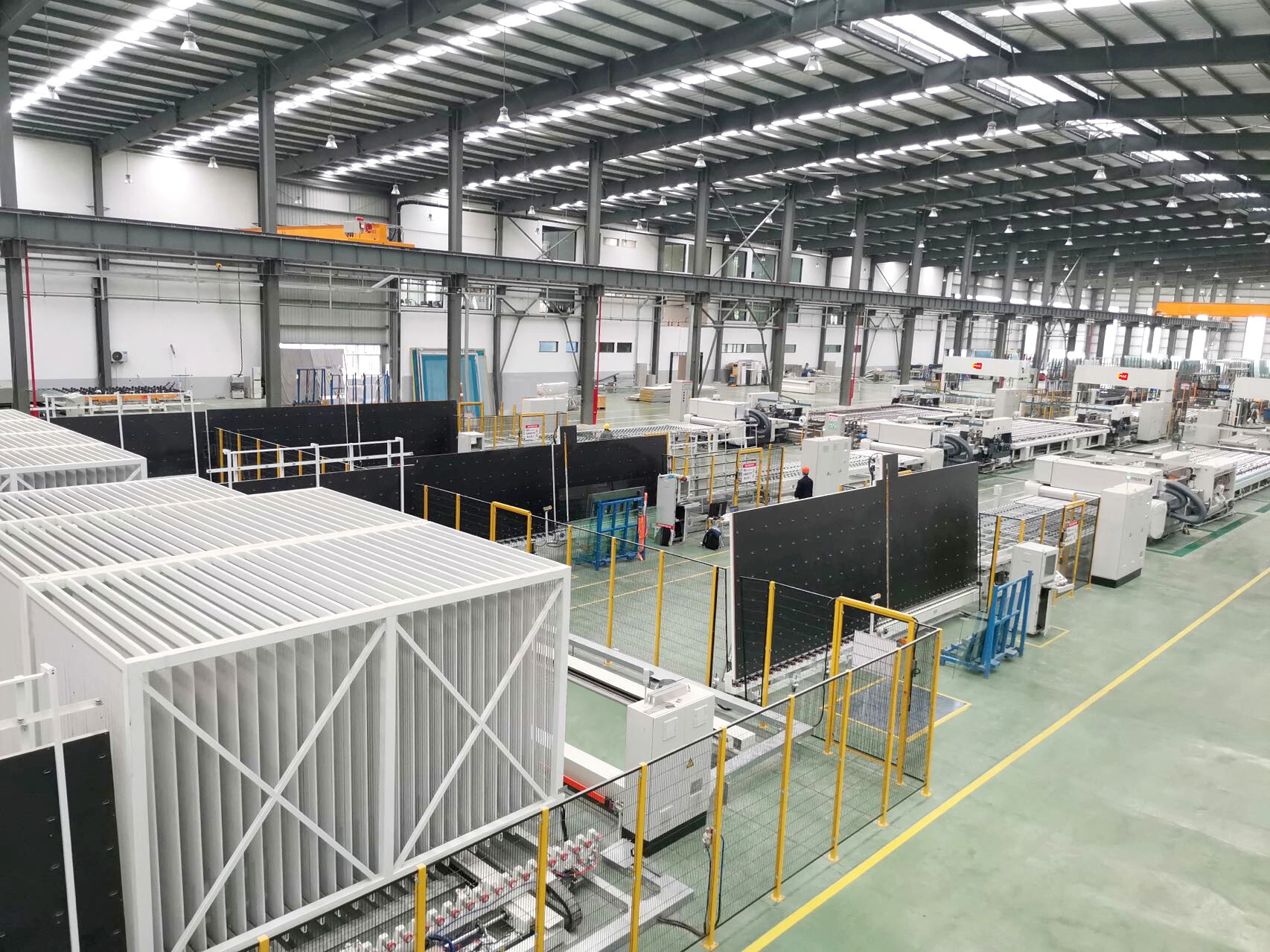Essential Safety Components for Modern Glass Processing Systems
Glass sorting systems are vital components in recycling facilities and glass manufacturing plants, where efficiency must be perfectly balanced with worker protection. These sophisticated systems handle tons of glass materials daily, making robust safety features not just a legal requirement but a critical operational necessity. Understanding and implementing the right safety features can mean the difference between a smoothly running facility and potential hazards.
Core Safety Feature Requirements
Physical Barrier Protection
The first line of defense in any glass sorting system is proper physical containment. Safety enclosures and barriers must be installed around all moving parts and sorting mechanisms. These barriers should be made from durable materials like reinforced steel or industrial-grade polycarbonate, capable of containing any glass fragments that might become projectiles during the sorting process.
Access panels within these barriers must be equipped with interlocking mechanisms that automatically shut down the system if opened during operation. This prevents accidental exposure to moving parts while allowing necessary maintenance when properly initiated. The barriers should also include proper ventilation systems to manage glass dust while maintaining containment integrity.
Emergency Shutdown Systems
Every glass sorting system must incorporate multiple emergency shutdown mechanisms. These should include prominently positioned emergency stop buttons at strategic locations around the equipment, pull cords along conveyor sections, and automated shutdown triggers that activate when safety protocols are breached. The shutdown system should be designed to bring all operations to a controlled stop without creating additional hazards.
Modern glass sorting systems often incorporate sophisticated electronic safety circuits that can detect specific types of malfunctions and initiate appropriate shutdown procedures. These systems should be regularly tested and maintained to ensure reliable operation when needed.

Advanced Monitoring and Control Features
Sensor Integration
Contemporary glass sorting systems rely heavily on advanced sensor networks to maintain safety standards. Motion sensors detect unauthorized entry into restricted zones, while pressure sensors monitor system stress points. Optical sensors track glass flow patterns and can identify potential jams before they become hazardous.
These sensors must be integrated with the main control system and programmed with appropriate threshold values that trigger automatic responses when exceeded. Regular calibration and testing of sensor networks ensure they maintain their protective function over time.
Control System Intelligence
The control system serves as the brain of the glass sorting operation, monitoring all safety parameters in real-time. Modern systems incorporate artificial intelligence and machine learning capabilities to predict potential safety issues before they occur. This predictive maintenance approach helps prevent accidents by identifying wear patterns and scheduling interventions before equipment failure.
The control interface should provide operators with clear, real-time information about system status and any safety concerns. Visual and auditory alerts must be implemented to ensure immediate awareness of potential hazards or system irregularities.
Personal Protection Integration
Operator Safety Equipment
While system-level safety features are crucial, personal protective equipment (PPE) integration must also be considered in the design. Access points should include safety equipment stations with required PPE clearly indicated. The system should incorporate sensors that verify proper PPE usage before allowing operation.
Modern glass sorting systems can include RFID or similar technology to detect whether operators are wearing appropriate safety gear. This can be integrated with access control systems to prevent operation unless all safety protocols are followed.
Training and Certification Systems
Safety features should extend beyond physical protections to include operator training and certification tracking. Modern systems can incorporate user authentication that ensures only properly trained personnel can operate specific functions. This can include biometric access controls and digital training records integrated with the system's safety protocols.
Environmental Safety Considerations
Dust Management Systems
Glass sorting operations generate significant amounts of fine glass dust, which poses both respiratory and equipment hazards. Effective dust collection and filtration systems must be integrated into the overall safety design. These systems should include regular automated cleaning cycles and monitoring of filter efficiency.
Air quality sensors should be installed throughout the facility, with automated responses to excessive dust levels. This might include increasing ventilation, adjusting sorting speeds, or initiating shutdown procedures if conditions become hazardous.
Noise Control Features
The high noise levels associated with glass sorting operations require careful attention to acoustic safety features. Sound dampening materials and enclosures should be incorporated into the system design. Noise monitoring systems can track decibel levels and ensure compliance with workplace safety standards.
Frequently Asked Questions
How often should safety features be tested in a glass sorting system?
Safety features should undergo daily visual inspections, weekly functional tests of emergency systems, and comprehensive monthly evaluations of all safety components. Annual third-party safety audits are also recommended to ensure compliance with current standards and regulations.
What are the most critical safety features for a glass sorting system?
The most essential safety features include emergency shutdown systems, physical barrier protections, integrated sensor networks, and dust management systems. These core components work together to protect both operators and equipment during the sorting process.
Can existing glass sorting systems be upgraded with new safety features?
Most existing systems can be retrofitted with modern safety features, though the extent of possible upgrades depends on the original system design. Common upgrades include adding advanced sensors, improving control systems, and enhancing barrier protections. A professional assessment should be conducted to determine the most effective upgrade path.
What role does automation play in glass sorting system safety?
Automation significantly enhances safety by reducing human exposure to hazardous areas, providing consistent operation, and enabling real-time monitoring of all system components. Modern automated systems can predict and prevent many potential safety issues before they become dangerous situations.
 EN
EN
 AR
AR
 BG
BG
 HR
HR
 CS
CS
 DA
DA
 NL
NL
 FI
FI
 FR
FR
 DE
DE
 EL
EL
 HI
HI
 IT
IT
 JA
JA
 KO
KO
 PL
PL
 PT
PT
 RO
RO
 RU
RU
 ES
ES
 SV
SV
 TL
TL
 IW
IW
 LV
LV
 LT
LT
 SK
SK
 SL
SL
 UK
UK
 VI
VI
 ET
ET
 HU
HU
 MT
MT
 TH
TH
 TR
TR
 FA
FA
 MS
MS
 SW
SW
 GA
GA
 AZ
AZ
